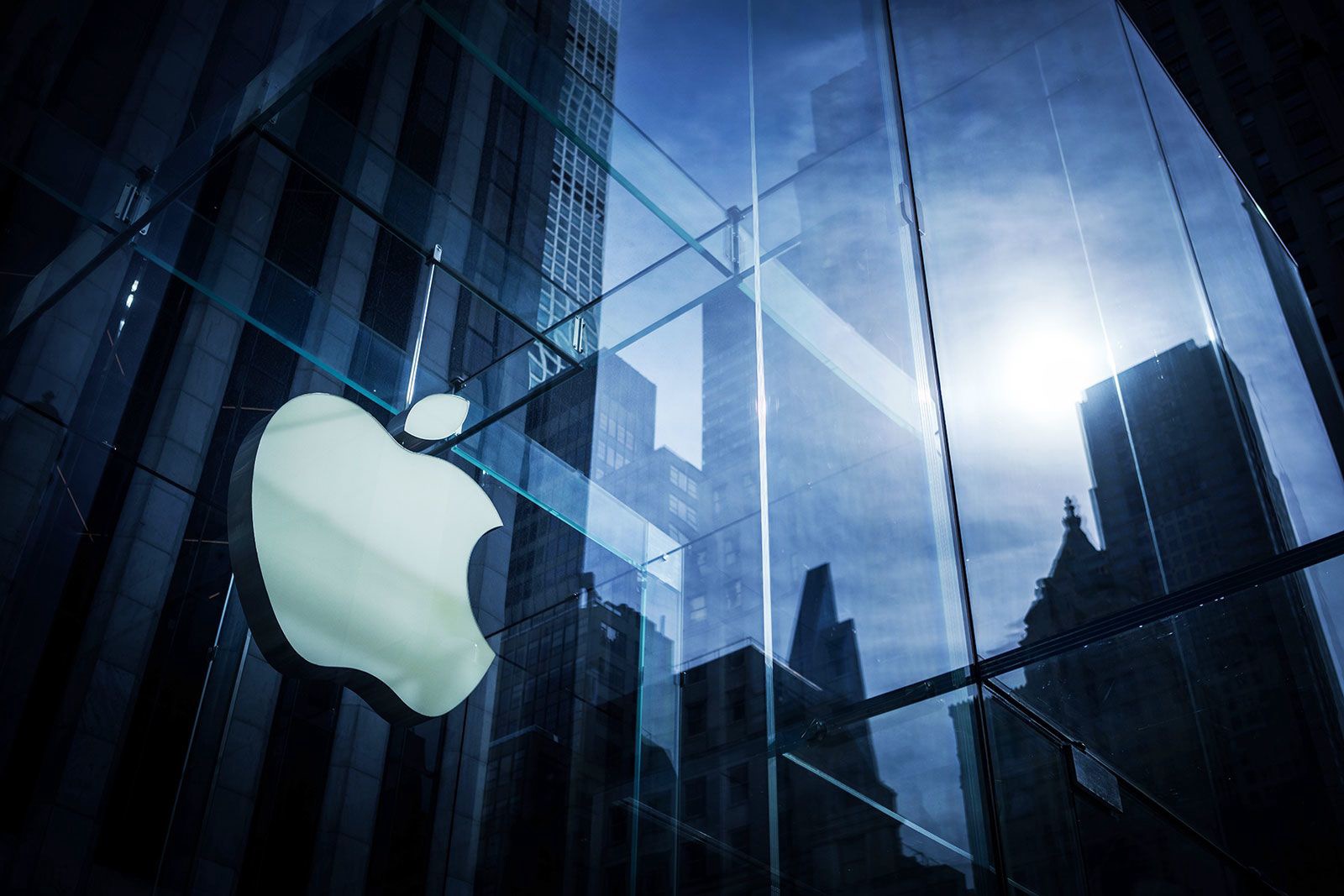OpenAI, the creator of ChatGPT and one of the most closely watched tech companies in the world, is facing a monumental financial target: turning a $13 billion investment from Microsoft into a $1 trillion return — and doing it all within five years.
This bold financial framework, shaped by a unique capped-profit model, sets the stage for what could be one of the most aggressive value-creation efforts ever attempted in the technology industry. The pressure is immense, the expectations sky-high, and the outcome could redefine how AI companies are built, scaled, and evaluated.
The $13 Billion Bet
Microsoft’s multi-year investment in OpenAI, which includes both direct funding and massive cloud infrastructure support, represents one of the most significant bets on artificial intelligence in history. Rather than buying equity in a traditional sense, Microsoft has structured its involvement to receive a capped return on its investment — reportedly up to 100 times its contribution.
That return could climb as high as $1.3 trillion, but it’s time-bound. OpenAI must deliver those returns in a narrow window, generally understood to be five years. After that, the payout structure changes, and the path to recouping that level of return becomes significantly more difficult.
In short, OpenAI has five years to not just succeed — but to do so at a scale previously reserved for the likes of Apple, Amazon, and Google.
From Lab to Market Leader
Founded in 2015 with a mission to build artificial general intelligence (AGI) that benefits humanity, OpenAI began as a nonprofit research lab. But by 2019, the company pivoted to a “capped-profit” model, creating a for-profit arm that could raise the capital needed to train, deploy, and scale large AI models — a process that costs hundreds of millions, if not billions, of dollars.
The launch of ChatGPT in late 2022 changed everything. The product became a global sensation, attracting over 100 million users in a matter of months and demonstrating the potential of generative AI to transform industries. OpenAI’s models are now integrated into Microsoft’s Office and Azure products, embedded in enterprise tools, and offered as APIs to developers and startups around the world.
But even with billions in projected revenue, OpenAI’s commercial success today is only a small fraction of what’s needed to meet a $1 trillion return threshold.
The Path to a Trillion
To achieve that kind of growth in just five years, OpenAI must execute flawlessly on multiple fronts:
- Massive User Adoption: ChatGPT and its enterprise versions must continue scaling rapidly, becoming the go-to AI solution across industries, professions, and devices.
- Enterprise Integration: OpenAI’s models need to become deeply embedded into business workflows, offering productivity gains, cost savings, and unique capabilities that justify ongoing investment.
- Cloud Dominance via Azure: Since OpenAI’s technology runs on Microsoft’s cloud infrastructure, growth in AI usage also drives Azure revenue — aligning the companies’ financial incentives and making OpenAI a critical growth engine for Microsoft’s cloud division.
- New Market Creation: It’s not just about taking market share — OpenAI must help create entirely new markets powered by advanced AI, from autonomous agents to virtual employees and AI-native software tools.
- Global Expansion: To reach trillion-dollar scale, OpenAI must become truly global, offering localized AI capabilities that meet the linguistic, cultural, and regulatory needs of users across continents.
Competitive Pressure and Rising Costs
The challenge is intensified by relentless competition. Google, Meta, Amazon, Anthropic, and a growing number of startups are pouring resources into AI research and commercialization. Many are developing their own large language models and cloud services, hoping to pull market share away from OpenAI’s early lead.
Meanwhile, the cost of training and maintaining cutting-edge models remains high. Each new iteration — like GPT-5 — requires more data, more compute power, and more engineering resources. OpenAI must find ways to balance the demand for ever-smarter systems with the need for financial sustainability.
Regulatory Uncertainty
As AI systems grow more capable and influential, governments are stepping in with proposed rules and regulations aimed at ensuring ethical and safe use. OpenAI must navigate a shifting global regulatory landscape, from Europe’s AI Act to U.S. discussions on transparency, data protection, and model accountability.
Missteps here could slow adoption, trigger public backlash, or force costly changes in how OpenAI operates — all of which could delay or derail the path to trillion-dollar returns.
If It Succeeds…
If OpenAI succeeds in this mission, it won’t just be a win for Microsoft. It would mark the fastest ascent to trillion-dollar value in history, reshaping the technology sector and likely placing OpenAI among the most influential organizations on the planet.
It would also validate the company’s unconventional structure — proving that mission-driven organizations can attract massive capital without sacrificing long-term alignment or governance principles.
More broadly, success would confirm AI’s central role in the future of the global economy — as critical infrastructure, creative assistant, business engine, and problem-solver.
…And If It Doesn’t
But failure to meet these financial goals could have ripple effects across the industry. It could cast doubt on large-scale AI investments, slow down capital inflows to frontier tech companies, and force OpenAI to reconsider its financial and strategic model.
More importantly, falling short could hand strategic advantage to competitors — particularly those with deeper pockets, looser constraints, or more aggressive growth strategies.
The Countdown Has Begun
OpenAI’s next five years will be among the most scrutinized in modern tech history. With billions at stake, a global spotlight, and technology that is already reshaping how we work and live, the company now faces the challenge of proving that it can scale not just innovation — but value.
What happens by the end of this five-year countdown won’t just define OpenAI’s future — it could reshape the AI industry, the tech economy, and the trajectory of human-machine collaboration for decades to come.













